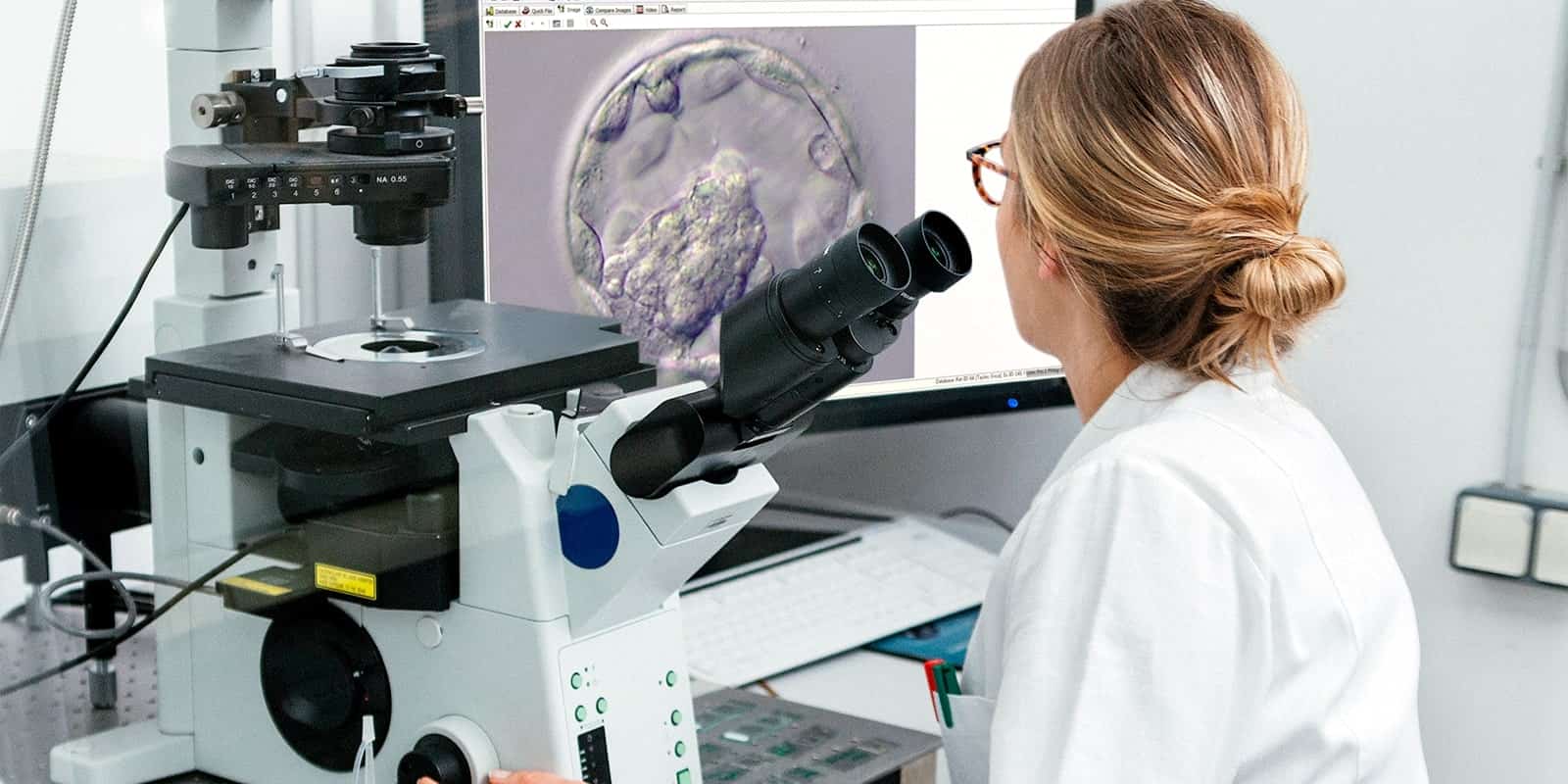
Laser Hatching is an advanced technique used during IVF to improve the chances of embryo implantation. In this procedure, a small opening is made in the outer shell of the embryo (called the zona pellucida) using a highly precise laser. This helps the embryo hatch and attach more easily to the uterine lining. It is usually recommended for patients with previous failed IVF attempts, older women, or those with embryos that have a thick outer shell. Laser hatching is safe, quick, and performed by skilled embryologists under controlled lab conditions to support successful implantation and increase the chances of pregnancy.
Health Care Plans.
- Advanced technique to assist embryo implantation
- Uses a focused laser to gently thin or open the embryo shell
- Improves chances of successful embryo hatching
- Often recommended for women over 35 or with previous IVF failures
- Safe and precise procedure done in laboratory settings
- Performed by experienced embryologists under strict quality control
- Supports better attachment to the uterine lining
FAQs
Laser hatching is a technique that creates a small opening in the embryo’s outer shell to help it implant more easily into the uterus
No, it is done in the lab before the embryo is transferred and involves no discomfort for the patient.
It is usually done shortly before the embryo transfer, once the embryo reaches the blastocyst stage.
In selected cases, laser hatching may improve implantation rates and overall IVF success, especially when there are specific challenges.
Yes, it is a controlled and gentle procedure performed with high precision by experienced embryologists.
It is typically advised for women over 35, those with thick zona pellucida, or couples with previous failed IVF attempts.